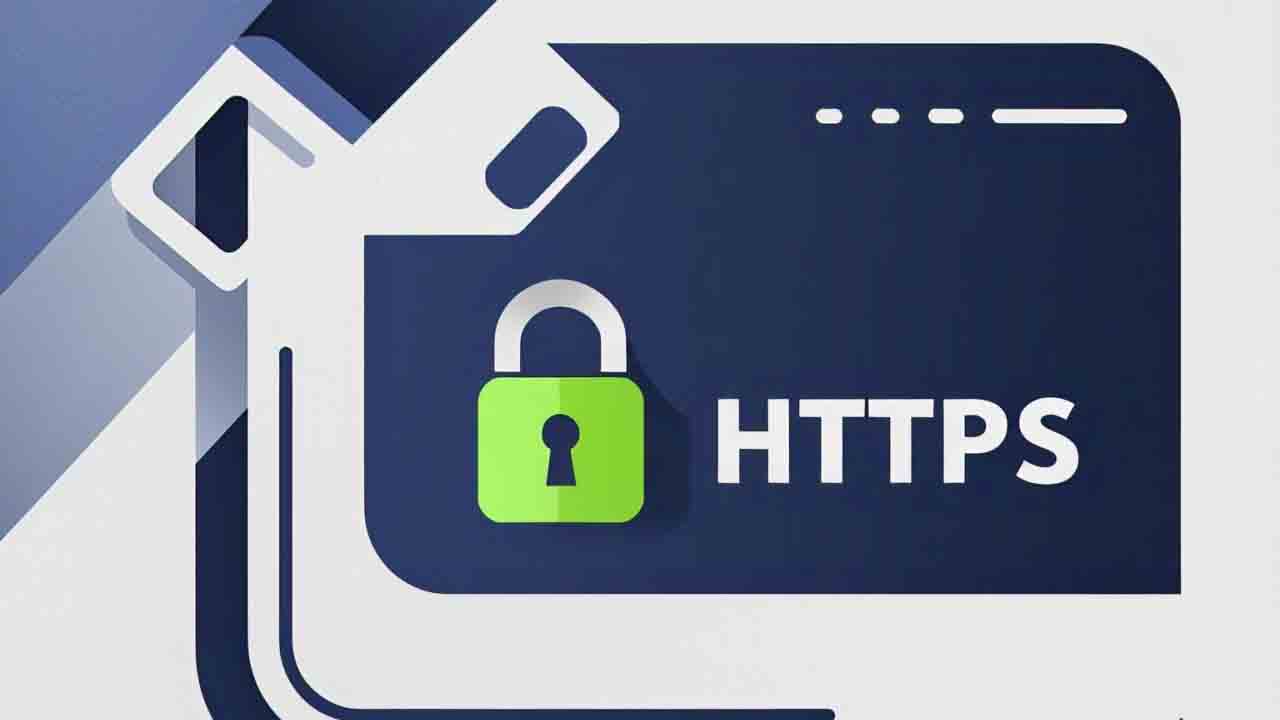
Fastcreasite – Fortifying the web against cyber threats is now a top priority for web developers across industries. With the frequency and sophistication of cyberattacks continuing to rise, advanced security protocols have become essential in maintaining the integrity of online spaces. By implementing stringent measures such as HTTPS, multi-factor authentication (MFA), and end-to-end encryption, developers are not only safeguarding sensitive data but also ensuring trust in digital environments.
A critical element in fortifying the web is the widespread adoption of HTTPS (Hypertext Transfer Protocol Secure). HTTPS ensures that data exchanged between a user’s browser and a website is encrypted, making it nearly impossible for malicious actors to intercept sensitive information. Websites that do not use HTTPS are vulnerable to “man-in-the-middle” attacks, where cybercriminals can steal or alter data. As users become more aware of online security, websites that fail to prioritize HTTPS risk losing consumer trust. Web developers are increasingly making HTTPS a default protocol to ensure encrypted communication, bolstering both privacy and security.
Another cornerstone in fortifying the web is multi-factor authentication (MFA). MFA adds an additional layer of protection by requiring users to verify their identity through more than just a password. Typically, users must provide something they know (a password), something they have (a mobile device for authentication), or something they are (biometric data like fingerprints). This approach drastically reduces the risk of unauthorized access, even if a password is compromised. As cyberattacks become more sophisticated, MFA is increasingly being adopted as a standard security measure across various digital platforms, including banking, social media, and e-commerce.
“Taylor Swift and The Tortured Poets Department”
The shift towards Zero Trust Architecture (ZTA) marks a significant evolution in fortifying the web. Unlike traditional security models that trust users or devices within the network perimeter, Zero Trust operates on the principle that no one, inside or outside the network, is inherently trusted. ZTA continuously verifies access requests and ensures that only authorized users can interact with specific data or systems. By scrutinizing each access attempt, this approach minimizes the risk of data breaches and internal threats. As remote work and cloud computing continue to expand, Zero Trust is becoming a critical component of securing modern enterprises and protecting sensitive data.
In an era where cyber threats are more pervasive and sophisticated than ever. Fortifying the web has become essential for both businesses and users. By implementing robust security protocols such as HTTPS, multi-factor authentication, and Zero Trust Architecture. Web developers are taking significant steps to safeguard the digital world. These advancements not only protect sensitive data but also foster trust and confidence in online interactions. As technology continues to evolve, the importance of secure digital infrastructure will only grow. Making it essential for web developers to stay ahead of the curve in addressing emerging security challenges.
“DreamCloud Premier Rest: The Luxury Hybrid Mattress”
Fastcreasite - In an era where voice-activated devices are becoming more common, boosting engagement through voice search optimization is emerging…
Fastcreasite - As two of the most influential blockchain networks, Ethereum and Solana continue to redefine the digital landscape with…
Fastcreasite - Subscriptions rise as one of the most resilient models in today’s evolving e-commerce landscape, despite continued global economic…
Fastcreasite - In the fast-paced world of digital marketing, Mastering SEO in 2025 means more than just tweaking keywords and…
Fastcreasite - AI revolutionizing employee management is not just a trend, it’s becoming a fundamental shift in how companies operate…
Fastcreasite - Next-level responsive design is the future of web design, allowing websites to adapt smoothly to various screen sizes…